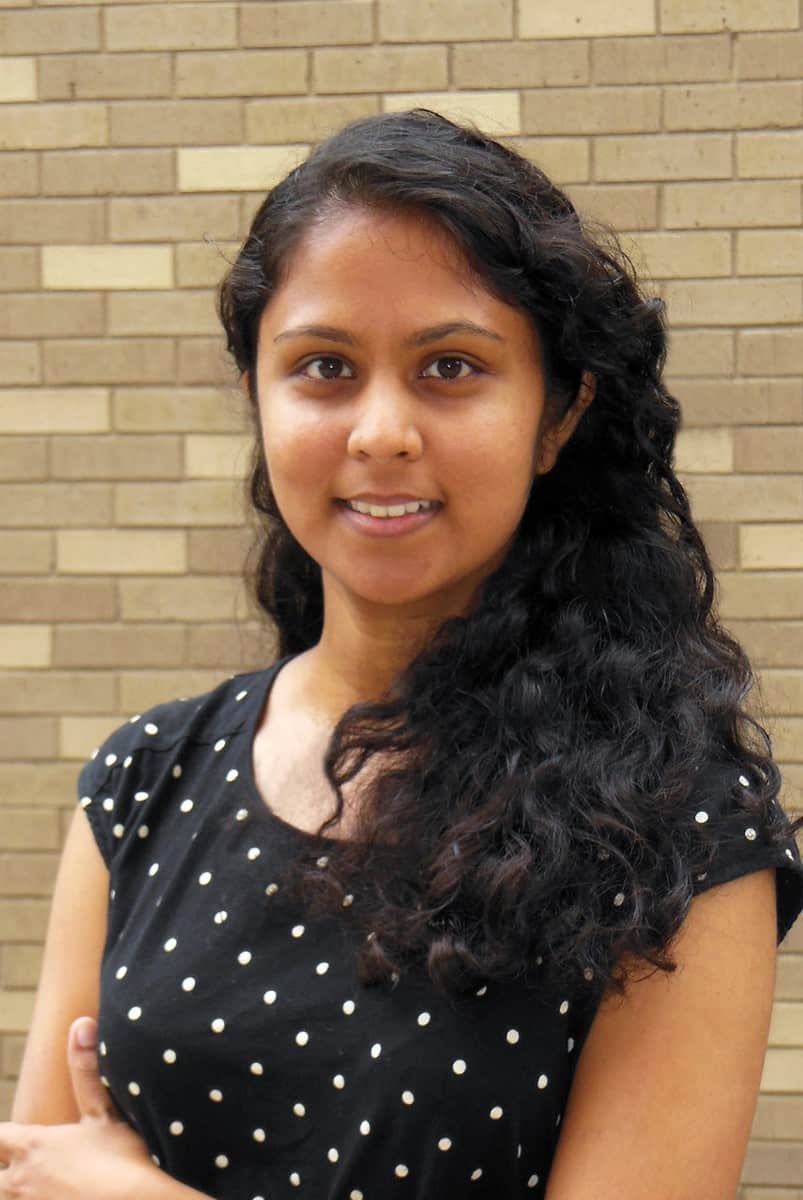My summer project as part of the Digital Studio aimed to compile and present information about the US immigration and visa system that will serve as a a backdrop to my research on how immigrants understand and navigate the restrictions attached to visa statuses. You can read more about this in my previous post. As part of this process, I spent time familiarizing myself with the complexities of the visa system and the data available from the US Department of State to analyze trends over time and patterns in the countries immigrants come from. I also spent a lot of time learning about visualizations and communicating research findings.
The more I learned about visas, the more complex and complicated they became. To demonstrate just how confusing this system can be let me share with you an example of the visa categories that could potentially apply to a person working on a ship in US waters. If you are a deckhand working on a sea vessel in the US, you need a D visa meant for crew members that allows you to stay in the US for up to 29 days. However, if you are working on a vessel that left from a foreign port and will stay in US waters for more than 29 days, you need to apply for a B1 visa meant for visitors on business. If you are a working on a fishing vessel, you need to apply for an H2 visa as a temporary worker. Let’s say you need to enter the US so that you can reach the ship you want to work on – in that case, you need to apply for a C1 transit visa in addition to the D visa for crew members. You get the point – it is complicated!
This fellowship opportunity allowed me time to think about how I would communicate information about this complex and convoluted system to a broad audience, including academics, who may or may not be familiar with the intricacies of the US immigration system, as well as the general public. I spent a lot of time learning and thinking about visualizations. In particular, I learned a lot from Visualize This. I realized very quickly that you cannot throw all the information at the wall and say you have done a visualization. An informational and impactful visualization does not just present all the information available, but tells a story or makes an argument. A good visualization contains no more than two or three key points that an audience will take away with them. I am hoping to take these lessons with me and continue to work on this visualization project, which I will be part of my dissertation and a journal submission.
My experience as a fellow at the Digital Studio has been transformative in two significant ways. First, I am grateful that the interdisciplinary approach of this fellowship – it exposed me to a wide range of theoretical approaches and methods, and the ingenuity and creativity of the projects pursued by other fellows expanded my understanding of what research looks like. Second, it was eye-opening to see how research can be presented outside the narrow confines of journal articles and book chapters, and this experience has expanded my own thinking about what public-facing and public-engaged scholarship can look like.
